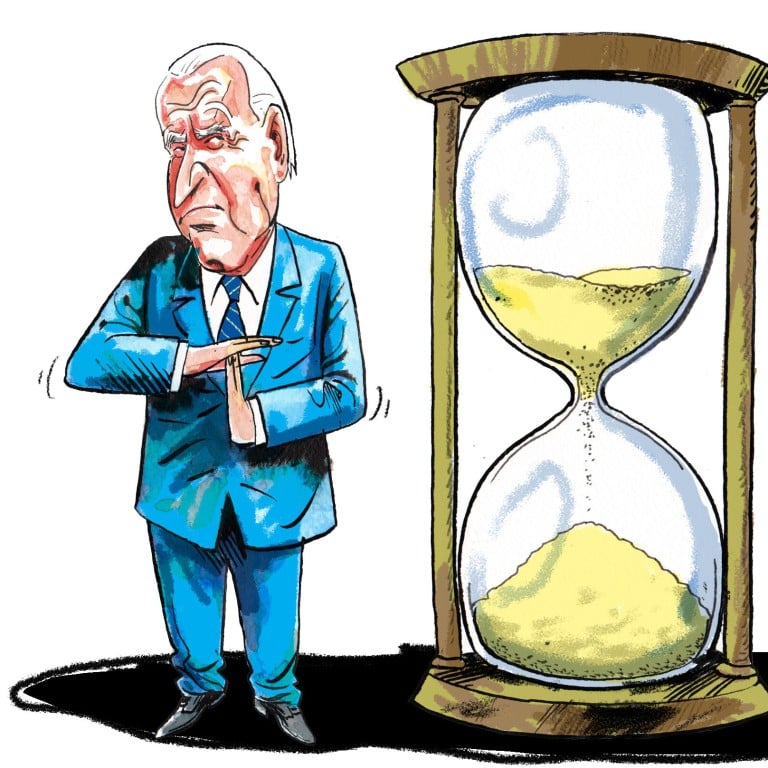
Domestic politics is driving US and China to seek a ‘time out’ amid rising tensions
- Agreements reached on a host of contentious issues, before and after the Xi-Biden summit, were made possible by the need for both leaders to focus on domestic challenges
- Renewed engagement is especially timely between the two militaries, in light of US anxiety over Chinese advances in space and cyber technologies
What happened between March and November? American officials are quick to assert that Beijing had viewed the incoming Biden administration as a return to Obama-era policy, and needed to be disabused that Washington would be cajoled into dropping Trump-era policies. They view the change in tone and cooperation from Beijing as a result of their initial tough stance.
Normally, after recording minor advances between troubled powers, such outcomes have a thousand fathers, all proudly providing background information to favoured columnists with stories of their achievements. But not this time, when claiming progress might invite partisan allegations of softness on China.
They believe the US softened its rhetoric and restrained its behaviour because the alternative was not working. They internally take credit for standing up to America.
The truth of what happened probably lies somewhere in-between.
These agreements were not the stuff of a major summit “joint statement,” or of boasting headlines in either capital. But, in the context of plainly hardening attitudes in the two governments towards each other, they seemed to represent a welcome turn away from escalating tensions.
Why rising ultra-left nationalism is the biggest danger to China’s development
First, Xi, strong though he already is, faces an important year and more ahead. China will be under a global spotlight as it hosts the Winter Olympics in February, with ripe prospects for protests and diplomatic snubs.
Like Xi, Biden does not need an unintended conflict driven by issues, such as the growing gap between Beijing and Washington over Taiwan, to disrupt his domestic agenda. By the same token, Biden does not want to make big claims of progress with China, for fear of inviting Republican criticism. So, we now see the making of a “time out” on the scratchiest issues between the two leading powers.
China’s reported hypersonic missile test not a ‘Sputnik moment’
Hopes should not be raised high for early results. China has long preferred secrecy to transparency, born of necessity when its systems were weaker than its potential adversaries’. The US seeks to understand China’s policy on “no first use”, in light of its now bigger force, as well as to probe Chinese understanding of the “indications and warning” that might trigger conflict.
Observers should watch these upcoming talks, however, as closely as possible as a measure of the stabilisation of the strategic competition that might survive the coming year or so of relative detente as both leaders focus on their domestic situations. US relations with China are precarious and growing increasingly dangerous and are in need of better military communication.
Douglas H. Paal is a non-resident scholar at the Carnegie Endowment for International Peace

